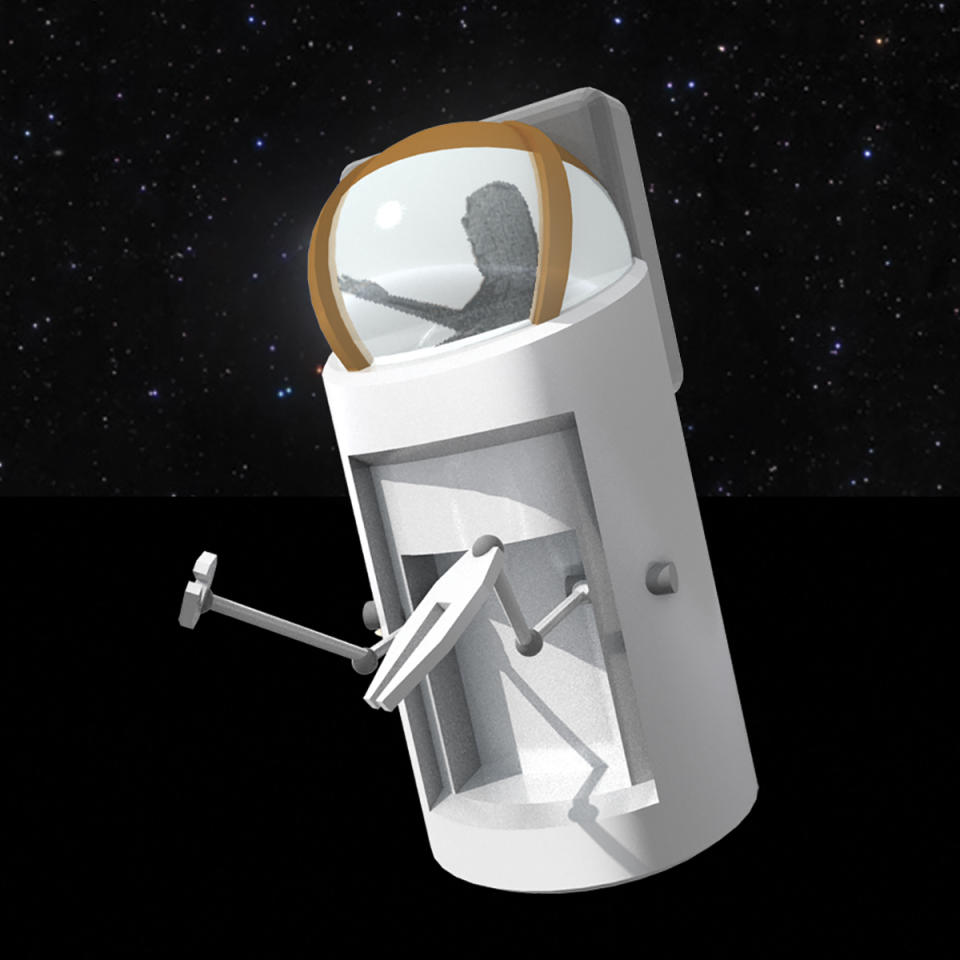As NASA plans to retire the International Space Station (ISS) by the end of the decade, the next generation of orbiting companies is getting ready for launch. Rocket maker Blue Origin plans to launch the first commercial space station by 2030 – a “hybrid commercial solar park” called Orbital Reef.
Floating 311 miles above Earth, the 29,300-cubic-foot facility will be self-supporting and have sleeping quarters, social areas and research facilities. Its central core structure, with a volume of 8,228 cubic feet, is attached to a Large Integrated Flexible Inflatable Habitat (LIFE) from Sierra Space, a Colorado-based aerospace and space technologies firm.
More info from Rob Report
The initial version accommodates a total of 10 scientists, international astronauts and tourists who travel back and forth via several ships. As for Tinkertoy’s modular design, it allows Orbital Reef to expand into a much larger base camp over time. Here’s what life would look like in low-Earth orbit.
Walking in the dark


One of the most exciting opportunities available to astro tourists is space walking. Although the capsule they are housed in looks like a robot lost in space, its life support systems and relatively spacious interior make it much more comfortable than a normal spacesuit, while offering exceptional views of Earth.
growing strains


One of the LIFE habitats will feature a hydroponic astro garden to provide crew members with fresh produce when they want to take a break from freeze-dried meals. Sierra Space has tested a self-contained “vegetable pillow”—a Teflon-lined bag made of Nomex and Kevlar—containing water, fertilizer and other growth factors to facilitate vegetable harvesting. “A lot of work goes into getting fresh food into space,” says Angie Wise, chief safety officer at Sierra Space. “If we end up going to Mars, we have to learn how to grow ourselves.”
Final zoom background


This 10,594-cubic-foot LIFE habitat is where all the social interaction takes place, with dining and dining spaces, bedrooms, and fitness facilities. The plans show cafe-like tables, with fresh vegetables on the walls and the ability to make projected video calls to Earth (among the many technological advances, the space station will have Wi-Fi). Admittedly, the boardwalk will be a staple in early orbital rock: a prototype at Sierra Space’s headquarters points to a hammock attached to the ceiling that requires you to hang on for some zero-gravity z’s.
Rooms with a view


Orbital Reef’s initial plan has separate sleeping areas, but the long-term plan is for hotel stays. Tourists looking to pass the time may choose to participate in ongoing research projects or may exercise, as exercise prevents the type of bone loss that is common during long periods of weightlessness. Others may be content to admire the ever-changing landscape as the space station completes 16 orbits per day.
Higher education


As a destination for scientists to conduct microgravity research, the orbital reef has two levels of labs — 8,200 cubic feet in total volume — to host hundreds of experiments that can range from 3D printing human organs to building batteries that boost energy. The range of today’s electric cars has increased tenfold. The available scientific equipment will include incubators, freezers, biobanks and centrifuges.
Best report Rob
Sign up for the RobbReports newsletter. Follow us on Facebook, Twitter and Instagram for the latest news.
Click here to read the full article.
#Jeff #Bezos #Blue #Origin #commercial #space #station